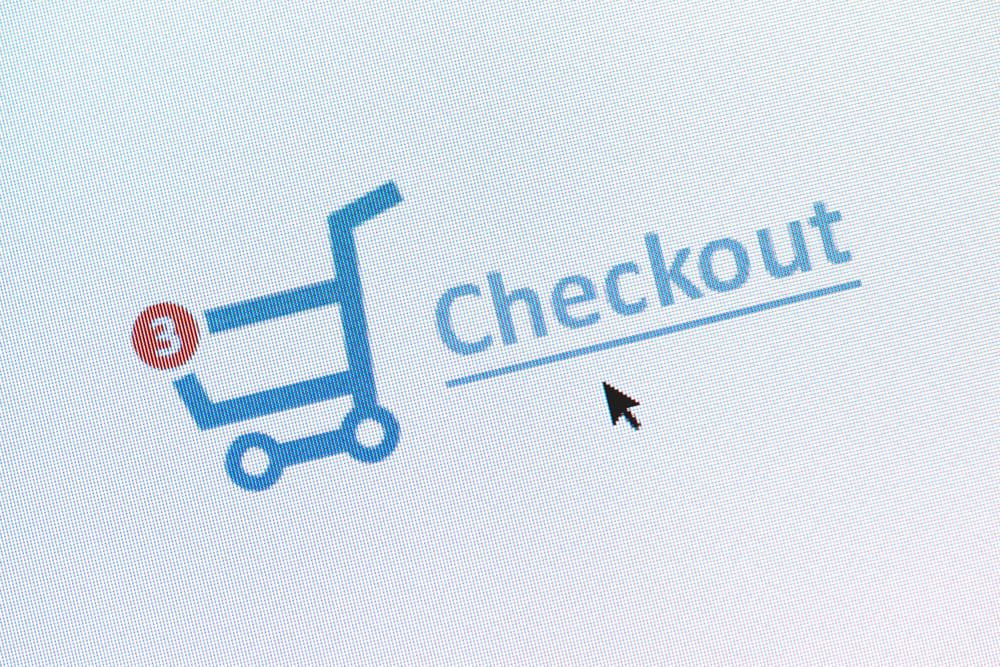
What are the Best Practices for eCommerce Checkout Pages?
As you know, having an eCommerce website design for your company is extremely important nowadays and is a must-have for any company that is selling products or services. It makes it easier for your customers to access what you are providing, which will increase your company’s revenue.
However, most businesses are seen to be focusing on other areas and forgetting all about the checkout experience. Having a great looking website that is user friendly and includes videos is important but
shouldn’t mean you can overlook the checkout experience. This can happen whether you are a B2B or B2C business. Just because you get high traffic on your site doesn’t guarantee sales, and sales are what you are after.
High Traffic + Low Sales = No Revenue
Ultimately you are wanting your customers to complete their transaction, therefore you need to do what you can to make this happen.
What to look out for to have a Good eCommerce Checkout Page?
There are multiple reasons why customers don’t complete a transaction and the best thing to look at is reasons for people to abandon their cart.
- 55% – Extra costs too high (shipping, tax, fees)
- 34% – The site wanted me to create an account
- 26% – Too long/complicated checkout process
- 21% – Couldn’t see/calculate total order cost up-front
- 17% – Website had errors/crashed
- 16% – Delivery was too slow
- 11% – Returns policy wasn’t satisfactory
- 6% – There weren’t enough payment methods
- 4% – The credit was declined
B2B vs B2C eCommerce Checkout
B2C customers don’t have time for long and unnecessary eCommerce checkouts, so try and only make them fill out the information that is needed. They can also be impulsive and having a long checkout process will only give them more time to think about it and change their mind. B2C customers sometimes have a fear that someone else will beat them to getting the product, in cases of low stock, so if there is a delay in adding to the cart they will give up.
B2B customers can sometimes fall into these features too as they do not want a long and unnecessary checkout experience. However, they usually won’t be as impulsive as B2C customers.
Best Practices for eCommerce Checkout Page
Here are some things you should consider implementing to your site to reduce the customer’s cart abandonment and get them to complete the checkout process.
- Minimize the steps – Only include what is needed, try using pre-filled details from their account page, and don’t keep repeating information (same shipping and billing address).
- Display a progression bar – Helps to show the customer where they are in the checkout process and how long is left.
- Show trust seals – Installs confidence in customers that it is okay to purchase something from this website as it is safe.
- Single page checkout – Having it all on one page, but be careful not to overstuff the page.
- Multiple payment options – Gives your customers a choice, as it saves them inputting their card details. Some options give the customer the ability to spread the costs.
- The checkout button is clear – So your visitors can easily navigate to the checkout page.
- Shipping is clear – The customer knows what the shipping is before getting too far into the checkout process
- Link to policies – Clearly linked for customers to read.
- Allowing the customer to modify their items in their cart – Having a + and – to adjust the quantity of a product and a bin icon to get rid of an item.
- Use analytics – Track customers’ paths on your site and see where they are abandoning their cart.
- Create an account using an alternative account – Allows visitors to create an account using their Google or Facebook account.
By following these features you are making the process as smooth as possible for your customers and increasing your sales.
High Traffic + High Sales = Revenue




